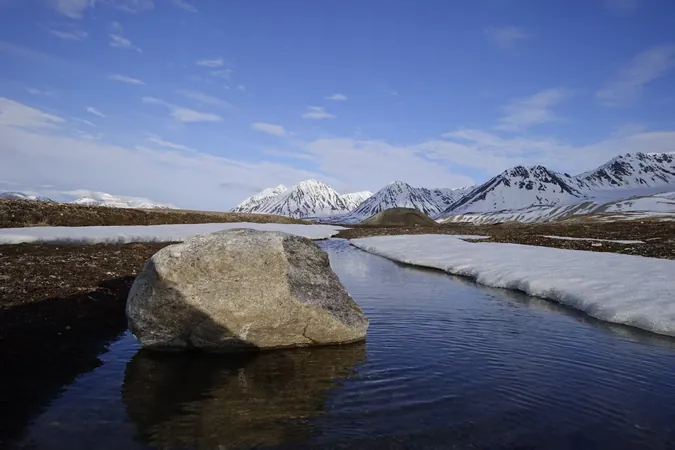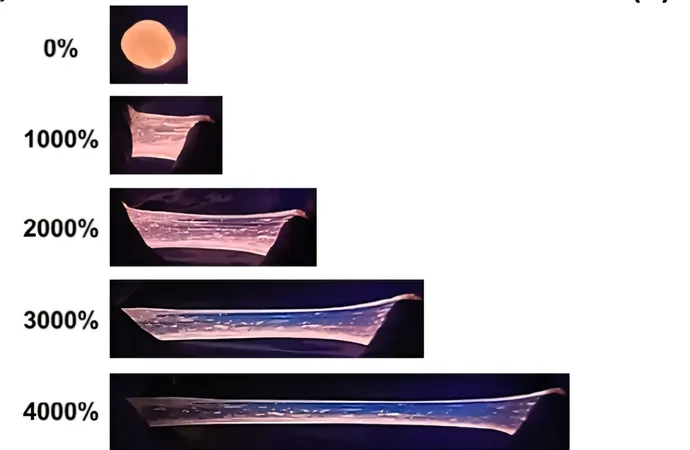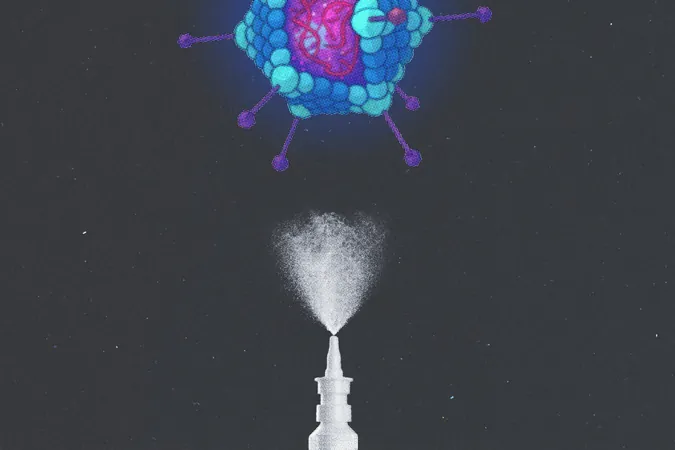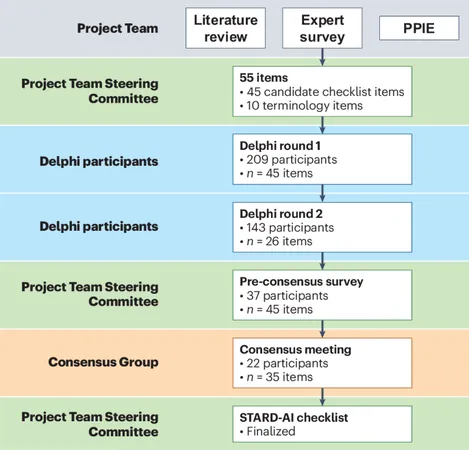
Shocking Climate Findings: 2°C Warming Boosts Arctic Carbon Absorption but Weakens Alpine Sinks!
2025-09-17
Author: Jacques
The Arctic and alpine regions, home to frozen permafrost that spans 17% of the Earth's land surface, are under siege from climate change. This frozen ground, which has held a staggering one-third of the world's soil organic carbon for years, faces unprecedented threats as rising temperatures prompt thawing. The potential release of greenhouse gases (GHGs) from this thawing permafrost has scientists alarmed about reaching a tipping point, leading to an unstoppable cycle of global warming.
A groundbreaking study published in the journal Science Advances and led by researchers from the Institute of Atmospheric Physics at the Chinese Academy of Sciences has brought new insights to this critical issue. Their research reveals that while a warming of around 2°C enhances the GHG absorption capacity of Arctic permafrost ecosystems, it simultaneously undermines the carbon sink potential in alpine regions.
Regional Differences: A Carbon Tug-of-War
The science behind permafrost's reaction to warming is complex, particularly due to the stark environmental differences across regions. The study synthesized data from over 1,090 sites measuring carbon dioxide (CO2), methane (CH4), and nitrous oxide (N2O) emissions in Northern Hemisphere permafrost areas.
In alpine permafrost zones, which exist at higher altitudes and have inherently low soil moisture, warming leads to drier conditions. This dryness stifles carbon absorption from photosynthesis, causing a surge in carbon emissions.
Conversely, Arctic permafrost regions, characterized by their wetter soils and rich vegetation, show improved CO2 absorption. Here, warming enhances subsurface moisture, boosting CO2 intake and somewhat balancing out emissions from soil degradation. However, a troubling trend emerges with increased methane emissions from these waterlogged areas.
The Hidden Danger of Nitrous Oxide
The research also emphasizes the often-ignored impact of nitrous oxide (N2O) emissions. As temperatures rise, N2O emissions have increased in both alpine and Arctic areas. Though the absolute quantity is comparatively low, thawing soils release more nitrogen, which can lead to significant surges in N2O emissions—a gas with a global warming potential 273 times greater than CO2 over a century.
"Keeping warming below 2°C in permafrost regions is crucial to avoiding a widespread permafrost-climate feedback loop," warns Xu Xiyan, the study's corresponding author. Meanwhile, urgent action is needed to protect the delicate carbon sink functions of alpine permafrost ecosystems.
A Clarion Call for Climate Action
The Intergovernmental Panel on Climate Change (IPCC) has flagged permafrost-climate feedback loops as a significant uncertainty within global carbon budgets. Researchers aim to clarify how GHG responses to warming play out in these critical ecosystems, seeking vital data to refine future climate projections. As these findings unfold, they present an urgent reminder of the drastic changes our planet faces and the pressing need for effective climate action.









 Brasil (PT)
Brasil (PT)
 Canada (EN)
Canada (EN)
 Chile (ES)
Chile (ES)
 Česko (CS)
Česko (CS)
 대한민국 (KO)
대한민국 (KO)
 España (ES)
España (ES)
 France (FR)
France (FR)
 Hong Kong (EN)
Hong Kong (EN)
 Italia (IT)
Italia (IT)
 日本 (JA)
日本 (JA)
 Magyarország (HU)
Magyarország (HU)
 Norge (NO)
Norge (NO)
 Polska (PL)
Polska (PL)
 Schweiz (DE)
Schweiz (DE)
 Singapore (EN)
Singapore (EN)
 Sverige (SV)
Sverige (SV)
 Suomi (FI)
Suomi (FI)
 Türkiye (TR)
Türkiye (TR)
 الإمارات العربية المتحدة (AR)
الإمارات العربية المتحدة (AR)